
Boohoo: PR Pioneers and Scandal Survivors
What do you think of when you hear Boohoo? An ugly cry? Or do you think of cheap slinky party dresses, bargain basics, and more filter-faced influencers than you can shake a discount code at? Because that’s the one we’re talking about.
Since 2006, Boohoo has been taking over the world with its abundance of cheapy cheap, bang-on-trend garms. It’s the place to go if you want a spangly minidress that costs as little as £20.
And Boohoo certainly doesn’t show any signs of slowing down. The parent company has acquired a handful of other brands in recent years, including PrettyLittleThing in 2016 (created by the founder’s two sons, the Kamani brothers) and Nasty Gal in 2017. They both follow the same, slick and quick ultra-fast fashion business model; one that relies a great deal on trendsetting social media stars to peddle its wares to cool, impressionable young people.
Boohoo PR Problems
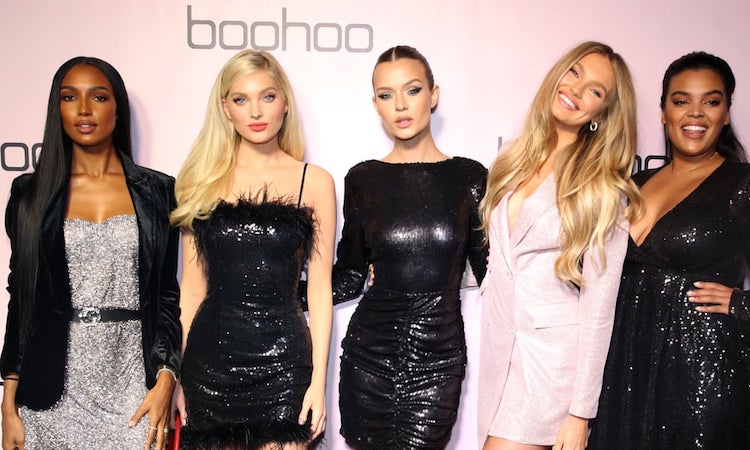
In the last few years, however, amid this meteoric rise, there have been some PR challenges. Accusations and revelations were made that the British factories supplying Boohoo were paying their staff well below the minimum wage. There were also additional claims of unsafe working conditions and a lax attitude towards COVID-19 precautions during the thick of the pandemic. For the first time, the brand faced a scandal so huge, that no amount of affordable oversized knitwear could conceal it.
Unsurprisingly, a lot of Boohoo’s bargain-loving customers were furious at the mega-wealthy brand for this seemingly callous oversight. A response that was all the more vitriolic given the financial difficulties and job losses people faced during 2020. And if THAT wasn’t enough salt in the wound, Boohoo’s profits were soaring at the time – thanks in part to the shops being shut.
But now the backlash has simmered down and the brand has vowed to make the changes they promised, is everything forgiven and forgotten?
And what does this say about the resilience of pioneering PR activity from Boohoo in the face of such a scandal?
Boohoo’s humble beginnings
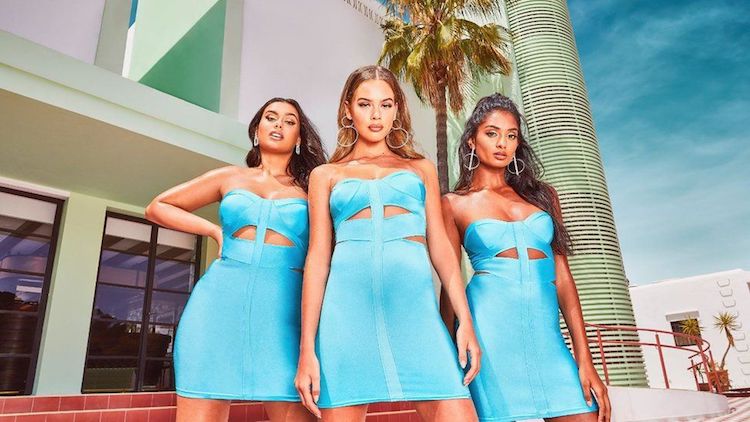
But first, let’s go back to the beginning. It was Mahmud Kamani and Carol Kane who founded Boohoo back in 2006. A time where being able to buy stuff without leaving the house was still very much a novelty.
Having briefly worked as a garment supplier to market traders, and later as a clothes wholesaler, Kamani saw an opportunity to fabricate and flog cheap clothes online. And without bricks and mortar stores or other overheads that usually come with having a middleman. With Ms Kane in tow working as a designer, the two began producing and selling clothes directly to customers online. The rest is fashion history.
The ultra-fast rise of ultra-fast fashion

Ultra-fast fashion is basically the same as fast fashion, but faster. Ultra-fast, if we’re getting all specific. It moves at about the same speed as the zoomers, otherwise known as Generation Z.
Generation Z kids have grown up on social media and aren’t in awe of the miracle of next day delivery like the rest of us still are. These are the people who want to wear the same outfit today for TikTok, that reality TV star Kim Kardashian had on yesterday, and get it for £15, with next day delivery no less. Boohoo, as well as brands such as ASOS and Fashion Nova, fulfil this demand.
Virtual clothes rails
But these days, it’s not just the catwalk collections that are inspiring the quick turnaround of trendy throwaway clothes these websites provide. Love Island luvvies and social media influencers are just as likely to inspire the latest must-haves and it’s a race against the clock to get it on the virtual rail.
Essentially, ultra-fast fashion capitalises on a very simple marketing truth that has been around since the emergence of youth culture: young people want to be cool. The only difference is, now they want to be seen doing it on social media. Boohoo figured this out pretty early on and wasted no time in making the socials its commercial stomping ground.
Boohoo PR all up in your socials
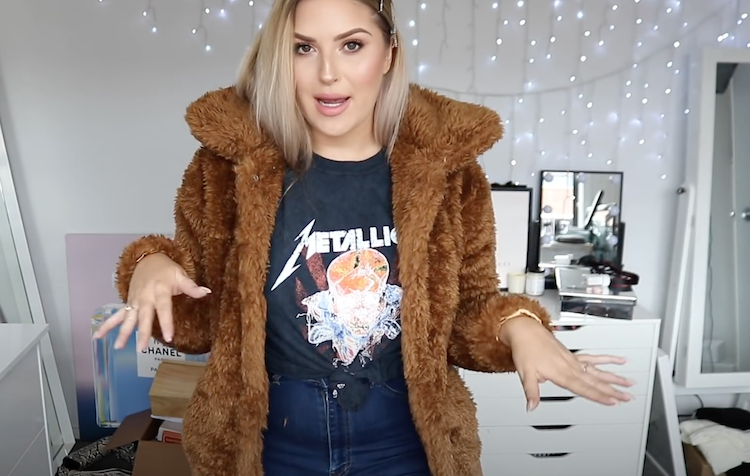
With clothes inspired by the latest celebrity and social media trends, who more obvious to promote them than, well, social media celebrities?
While the Boohoo PR and marketing teams never failed to deliver sleek and stylish campaigns both online and in the media, it was this approach in 2014 that catapulted them into a cool new world: one where social media stars dictate what’s hot to the thousands – or sometimes millions – of followers, who hang on their every word.
Unsurprisingly it worked an absolute charm. But why exactly?
- Targeted advertising: By using influencers, Boohoo targeted their demographic with pinpoint accuracy – and they got them good. Influencers who are all about style and fashion will naturally attract an audience with the same interests. Pair that with the fact that under-30s are the most engaged and influenced by social media, and it’s a clear recipe for success.
- Engaging advertising: While a 20-something might not pay that much attention to a TV ad while they’re checking their DMs, you can be certain they’ll stop to watch their favourite influencer’s 20-minute long ‘Boohoo clothing haul’ video, where the latest collection will be modelled and discussed in enthusiastic detail.
- Promotions: If budget-friendly on-trend clothes inspired by your favourite celeb aren’t enough, how about a discount? Boohoo typically supplies influencers with a discount code they can offer to their audiences. The influencer then takes a cut of the sales they generate (which may explain why they JUST LOVE that dress so much).
- Huge reach: Influencers are usually active across multiple social media platforms and typically have large followings on each. So whether it’s Instagram, TikTok, or YouTube, the things they advertise aren’t easily missed by their audience. An audience that just so happens to be Boohoo’s demographic.
Boohoo PR challenges: The unflattering Leicester factory scandal
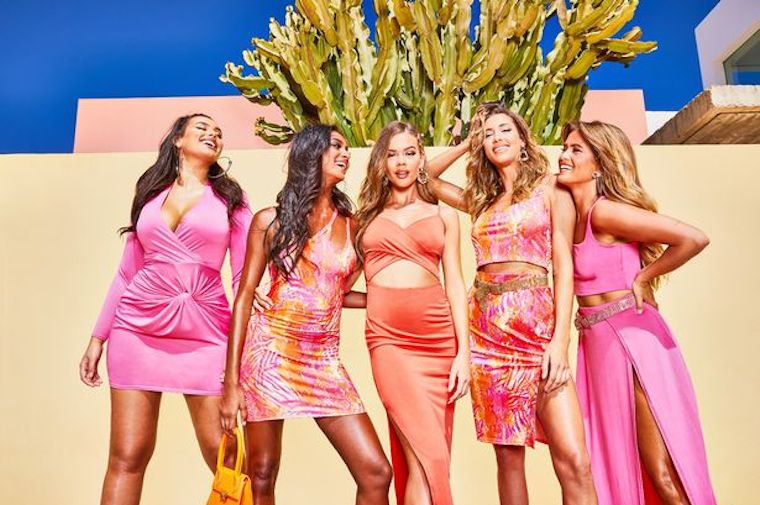
Up until 2020, it had looked like an easy ascent for Boohoo. But that was set to change.
In July 2020, The Sunday Times revealed the results of an undercover investigation: that workers in a factory in Leicester that supplied Boohoo, were being paid a paltry £3.50 an hour – less than half the UK minimum wage. Further findings also revealed that the company’s supply chain was dogged with health and safety issues, including no social distancing or PPE requirements, during the height of the pandemic.
However, this wasn’t the first we’d heard of it. In 2017, Channel 4 documentary series Dispatches conducted an investigation that unearthed similar findings, most notably the poor pay. Boohoo responded with a statement announcing that they were demanding a set of policies for all suppliers and would now be doing “regular unannounced audits”. This included improving “the standard of their safety procedures and ensuring that they pay at least the minimum wage”. In hindsight, that was clearly a load of hot air.
While the mainstream media covered it and Twitter wasted no time in giving the brand a bloody good telling off, Boohoo seemed to wriggle out of the 2017 scandal mostly unscathed. This probably had something to do with Boohoo not being the only culprit: River Island, New Look, and Missguided were also using the same factories.
The backlash
Back to the summer of 2020 when The Sunday Times story broke.
This time, the focus was solely on Boohoo – a brand who had vowed to do better, but was still up to its old, bad behaviour. The Boohoo PR team were scrambled. Twitter sharpened their beaks. And an almighty sh*tstorm was about to go down.
The mainstream media quickly ran the story and the reaction online was explosive. In terms of Boohoo PR, this happened in the worst way possible: at the forefront of the social media backlash were several of its very own influencers publicly condemning and severing ties with the brand. Words like “toxic” and “slavery” flooded Boohoo’s comment sections, with savvy commentators reminding the masses of the brand’s colossal wealth.
In fact, between March and May of 2020, Boohoo’s profits had soared by 45 per cent to £367.8 million, compared to the previous year. Of course, this added even more fuel to the inferno. Boohoo was a brand that profited from the pandemic while facilitating the exploitation of workers and putting their health – and lives – at risk. And it didn’t go down well.
Ultimately, Boohoo’s damage was substantial: shares plummeted, PricewaterhouseCooper, the company’s auditor, resigned, and stores like ASOS temporarily stopped selling their products. But worst of all, the social media cool kids, which the brand worked so hard to impress, were boycotting them. Boohoo was no longer cool and invited to the party. Boohoohoo.
Saving face
The Boohoo PR was quick to respond. They told The Sunday Times they would be investigating these claims, and would terminate their relationship with any suppliers found to be in breach of their Code of Conduct.
They later released a further statement on their website, announcing an independent review of their supply chain. Plus, they pledged to invest millions in eradicating malpractice. The statement also added:
“As a board, we are shocked and appalled by the recent allegations that have been made and we are committed to doing everything in our power to rebuild the reputation of the textile manufacturing industry in Leicester”.
Not a good look
In a last-ditch attempt to save face, the Boohoo PR team opted for all-out transparency. A big change given the company’s lack of action during the 2017 accusations. They announced they would be arranging an independent review into their UK supply chain and would report on the findings.
The review was conducted by Alison Levitt QC and was published on the brand’s website in September 2020. And it wasn’t a good look.
It was revealed that claims of poor working conditions, including below minimum wage pay and a lack of coronavirus precautions, were “substantially true”. There were also newer revelations, including life-threatening fire risks. And perhaps the most damning of all: that Boohoo was aware of the problems in Leicester all along.
An image change

In March 2021, following the report, Boohoo announced it had cut ties with over 400 UK suppliers. The Boohoo Group’s CEO John Lyttle said: “This is not the end of a project for us at Boohoo but the beginning of a new way of working with our suppliers.”
“We are driving positive change in the industry and want to play our part in rebuilding a vibrant manufacturing base in Leicester, one that offers good employment and great prospects for the workers and the industry in Leicester as a whole.”
While that sounded good enough to get the zoomers shopping again, others weren’t quite so convinced.
In May 2021, Boohoo shareholders attempted to oust co-founder Carol Kane from the board over the mishandling of the supply chain. And the following month, several campaign groups, including ShareAction and Labour Behind the Label, claimed that Boohoo had done very little in the way of cleaning up their act, including not compensating the factory workers that were underpaid during the pandemic. They also claimed that, by encouraging price competition, Boohoo was a huge contributor to poor working conditions in the clothing industry as a whole.
Can a big enough brand survive any scandal?
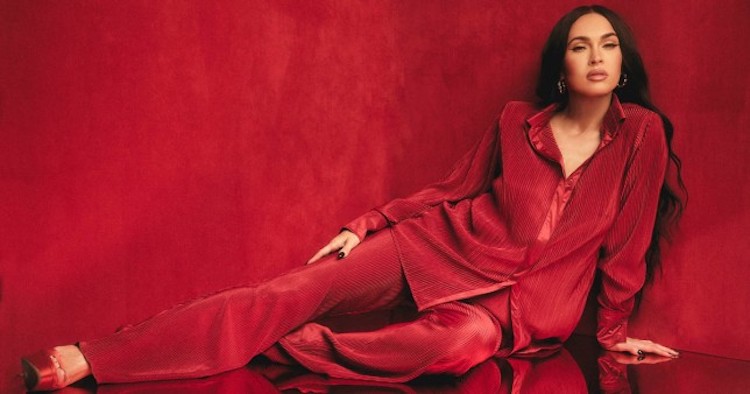
Picture: Felisha Tolentino
Despite the backlash, Boohoo’s profits continued to soar throughout 2020 and 2021, although heavy investment and higher pandemic shipping costs, did skim a little off their profits last year. Still, we’re sure they weren’t too hard up. The brand reported sales had risen to £975.9 million, in the six months to the end of August 2021.
So what does this tell us about colossal companies facing scandals as serious as “modern-day slavery”?
That they actually might be okay.
In the thick of the debacle, the Boohoo PR team got two things right in today’s social climate:
- Transparency: It might have taken a while, but Boohoo finally came clean to the world with the independent review they promised when news of the scandal broke in 2020. While it was scathing, to say the least, it fully exposed the extent of Boohoo’s shortcomings.
- Accountability: Boohoo then accepted these shortcomings, condemned them, and vowed to do better. So much so that zoomers felt they could get their fashion fix again, with a clear conscience.
Whether the brand keeps its promises remains to be seen. But is everything really forgiven and forgotten? A quick glance at #Boohoo reveals everything seems pretty much back to normal. Contoured customers regularly post Instagram photoshoots of their latest purchases. While style gurus continue to flaunt their ‘clothing hauls’ with YouTube videos. And A-listers (including Megan Fox, last year) with their own PR teams are still collaborating with the brand – perhaps the biggest indication that everything’s hunky-dory again.
Who was Boohoo’s real saviour? It’s young, loyal fanbase and their unquenchable need for cheap, trendy, ultra-fast fashion. And lest we forget, the people that guided them there in the first place – those almighty, powerful influencers.






